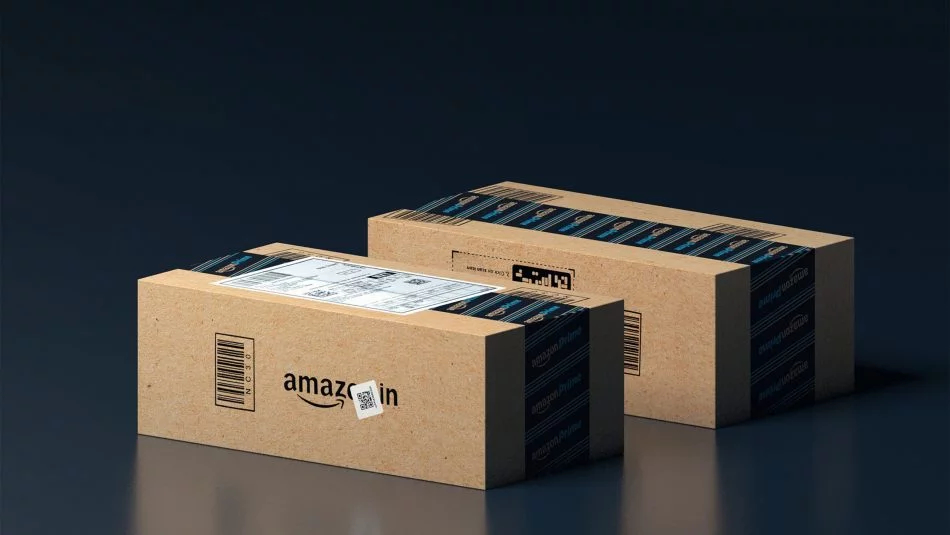1. What are consumers’ attitudes towards tariffs?
Understanding consumer sentiment is the first step to building a resilient growth strategy.
Do consumers attribute rising prices to international politics, local governments, or the brands themselves? Knowing the answer reveals whether your messaging should be educational and transparent or focused on reinforcing value.
2. How are tariffs impacting consumers’ purchase behaviors and lifestyles?
Beyond sentiment, it is critical to understand tangible consumer actions. Are shoppers trading down to more affordable alternatives, reducing overall spending, or simply delaying non-essential purchases? Are they prioritizing locally sourced goods or exploring new channels for shopping and entertainment?
Identifying these specific behavioral shifts is paramount. It enables manufacturers and retailers to anticipate market dynamics, allowing them to proactively adjust their pricing, promotion, and supply chain strategies to align with emerging consumer behavior.
3. Which categories are most impacted by tariffs and/or potential tariffs?
The impact of tariffs is never uniform; it creates specific “hotspots” of high consumer sensitivity. A price increase that goes unnoticed in one category could be catastrophic in another. Pinpointing which of your products are most exposed to this risk is essential for strategic defense.
4. Navigating Industry-Wide Price Increases: Who Has the Power to Lead?
When rising costs trigger industry-wide price increases, not all brands possess equal pricing power. This creates a pivotal strategic question for every manufacturer: Does your brand have the requisite strength and loyalty to lead a price change, or is a more cautious, follower approach the prudent course of action?
The answer is found in a granular understanding of your elasticity drivers, your brand’s role within its category, and its most effective promotional levers. Our price elasticity models, grounded in robust econometric data, provide this clarity.
This insight is also critical as promotions become a key battleground. While competitors increase promotional spending to defend volume, true success lies in investing strategically behind the most responsive brands. This ensures that every discount protects volume without eroding profitability. Ultimately, a data-driven approach enables you to make informed pricing decisions that protect both margins and market share.

Stay ahead of all things tariff
NIQ can provide a Full View of shifting consumer preferences that can be leveraged into successful business strategies and tactics, even during times of rapid change such as this. The APAC Tariffs Sentiment & Impact Study built on 500 to 1000 consumer interviews in each of the 10 APAC markets including Australia, Hong Kong, Indonesia, Malaysia, New Zealand, Philippines, Singapore, Taiwan, Thailand and Vietnam.
Get in touch with NIQ experts today.




